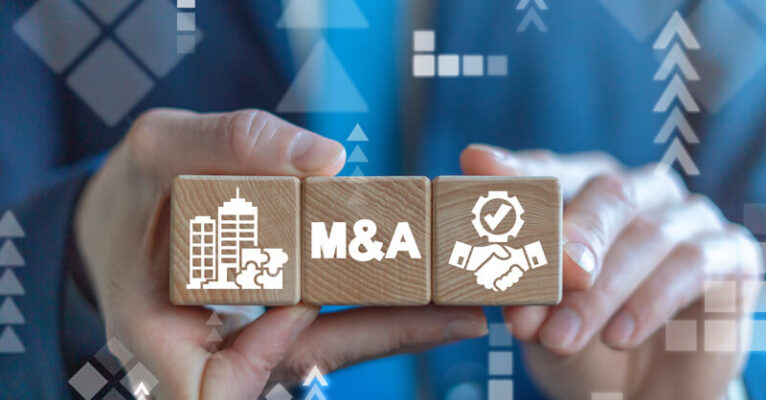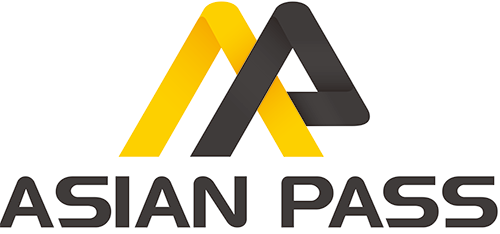The Best Guidance For M&A Procedures
1. Overview M&A Process:
M&A Procedures | M&A (Mergers & Acquisitions) is an activity to gain control of an enterprise through a Merger or Acquisition between two or more businesses to own part or all of that business.
- Mergers is a form of association between businesses of the same scale to create a new business. The merged company transfers all legal assets, rights, obligations and interests to the merging company, and terminates the existence of the merged company to become a new company.
- Acquisitions is a form of combination where large enterprises will buy smaller and weaker businesses, these acquired businesses will retain their old legal status and the acquiring business will have legal ownership of the business just bought.

2. What is the purpose of M&A deals?
M&A not merely gains the ownership of shares, but also aims to gain control, participate in important decisions, issues in business operations as well as management activities of the merged/acquired enterprise. This activity is often misunderstood as a normal form of investment, we can easily distinguish this through the fact that the investing enterprise owns a sufficient number of shares to participate in deciding important issues of the business.
Conversely, if the participating enterprises do not own enough capital contribution of the shares to be able to participate in deciding matters of business in the other, it means that this is just a normal investment activities only.
In addition, M&A brings a lot of benefits to businesses, which can be mentioned as helping businesses increase market share thereby achieving better business results. It also brings many other benefits such as reducing the costs incurred as well as the number of unnecessary employees, taking advantage of the transferred technology of the newly acquired/ merged business.
3. Major forms of M&A:
- Vertical M&A:
This is a form of M&A usually done between two businesses with the same good service and the same production value chain. The only difference between the two businesses is the stage of production activities they are undertaking. To make it easier for you to imagine, it is a coffee shop chain merging with a coffee factory, this is understood as a vertical merger.
These two businesses deal in the same product but only differ in the production stage. This form of merger is often done to help ensure the supply of essential goods, avoiding any interruption in supply. This merger also aims to reduce the supply for competitors, thereby helping businesses increase revenue and minimize unnecessary intermediary costs.
- Horizontal M&A:
This is a form of merger, purchase and sale of businesses with the same product line and the same service. In other words, these are companies in the same industry, have the same production stage, and these businesses are often direct competitors in the market.
- Conglomerate M&A:
Mergers in this form often take place between companies that supply the same object in a particular industry. However, the products and services of these companies are not the same. Usually, the products and services after the merger will complement each other.
4. A typical 10-step M&A procedures includes:
- Develop an acquisition strategy – Developing a good acquisition strategy revolves around the acquirer having a clear idea of what they expect to gain from making the acquisition – what their business purpose is for acquiring the target company (e.g., expand product lines or gain access to new markets);
- Set the M&A search criteria– Determining the key criteria for identifying potential target companies (e.g., profit margins, geographic location, or customer base);
- Search for potential acquisition targets– The acquirer uses their identified search criteria to look for and then evaluate potential target companies;
- Begin acquisition planning– The acquirer makes contact with one or more companies that meet its search criteria and appear to offer good value; the purpose of initial conversations is to get more information and to see how amenable to a merger or acquisition the target company is;
- Perform valuation analysis– Assuming initial contact and conversations go well, the acquirer asks the target company to provide substantial information (current financials, etc.) that will enable the acquirer to further evaluate the target, both as a business on its own and as a suitable acquisition target;
- Negotiations– After producing several valuation models of the target company, the acquirer should have sufficient information to enable it to construct a reasonable offer; Once the initial offer has been presented, the two companies can negotiate terms in more detail;
- M&A due diligence– Due diligence is an exhaustive process that begins when the offer has been accepted; due diligence aims to confirm or correct the acquirer’s assessment of the value of the target company by conducting a detailed examination and analysis of every aspect of the target company’s operations – its financial metrics, assets and liabilities, customers, human resources, etc;
- Purchase and sale contract– Assuming due diligence is completed with no major problems or concerns arising, the next step forward is executing a final contract for sale; the parties make a final decision on the type of purchase agreement, whether it is to be an asset purchase or share purchase;
- Financing strategy for the acquisition– The acquirer will, of course, have explored financing options for the deal earlier, but the details of financing typically come together after the purchase and sale agreement has been signed;
- Closing and integration of the acquisition– The acquisition deal closes, and management teams of the target and acquirer work together on the process of merging the two firms.
5. Legal procedures to recognized M&A
- Business mergers and acquisitions are only recognized by law when legal procedures related to the recording of the transfer from the seller to the buyer have been completed, especially for assets have to register with the authority.
- When this step is completed, an M&A transaction can be considered complete.
Consultancy service for M&A procedures of Pham Consult
With a wealth of experience in consulting for M&A procedure and other legal issues, Pham Consult provides consulting services with the competitive price, assisting you in:
- Consulting about provision of law regarding M&A process;
- Preparing the business M&A procedure dossiers;
- Contacting agencies of translation and certificated docs;
- Directly working and explaining with authority in case of arisen problems.
- Being on behalf of clients for submitting and receiving the results at state agencies.
Please feel free to contact us as the following mailing address as soon as you have demand for M&A procedures. Pham Consult always desires and undertakes that shall let you experience the best service ever with the price-competitive.




 VI
VI 